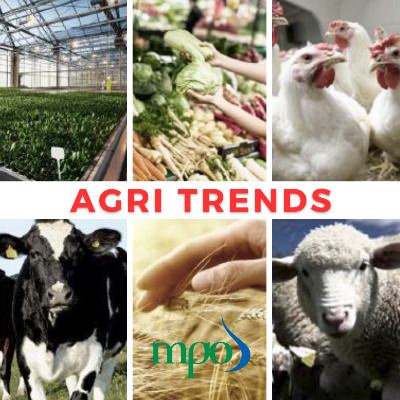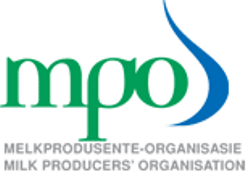
Lamb and mutton prices continue to strengthen
Lamb and mutton prices continue to show steady increases, and have shown an upward trend in recent weeks across the different classes. The feeder lamb prices have also showed strength over the past few months. Should feeder lamb prices (input) increase more than the sheep meat prices (output), this would put pressure on the profitability margins of this particular industry.
Lower supplies in the South African market triggered demand from Namibia. The Namibian industry expects that lamb prices in Namibia will remain strong as the limited supply in South African markets lead to increased demand from Namibia.
Highlights
Livestock & Fibre
- 2.2% fewer sheep was slaughtered during June 2017 compared to May of 2017. This trend was expected as the herd rebuilding process is underway, which limits the availability of animals for the slaughter market. The number of animals slaughtered is 16.6% lower compared to the same time a year ago.
- 8.5% fewer cattle was slaughtered during June 2017 compared to May of 2017. This trend was expected as the herd rebuilding process is underway, which limits the availability of animals for the slaughter market. The number of animals slaughtered in June 2017 is 16% lower compared to the same time a year ago.
- 6.15% more pigs were slaughtered during June of 2017 compared to May of 2017. Lower feed costs will support the intensive pork industry, improving profitability.
- However, 12.6% less pigs were slaughtered during June of 2017 compared the same time a year ago, which is clearly indicative of the herd rebuilding process.
Grains, Oilseeds & Vegetables
- Dam levels still remain an on-going concern; especially for the irrigation farmers who will need more water from October. The Western Cape total province levels were recorded at 27.4% (the previous week was 26.2%), however at the same time, last year (2016) the WC dam levels were recorded at 54.8%.
Weather forecasts for South Africa indicate a possibility for wetter conditions in the coming month for the South Cost, the industry remains hopeful.
- The local white and yellow maize price is expected to trade sideways for the coming months due to the very large supplies in the domestic market. The uncertain political climate, lower economic growth and possible credit downgrades later in the year, will have a direct effect on the strength or weakness (volatility) of the Rand which in return will directly impact the price of maize and the maize export competitiveness.
- Overall most vegetable prices declined due to increased volumes, lower demand on the back of lower money available during the week for spending and increased volumes delivered at the and not taken up by the consumer, lead to these decreases.
Published on Monday, 7th August 2017 - 10:19
Recent Posts
disclaimer









